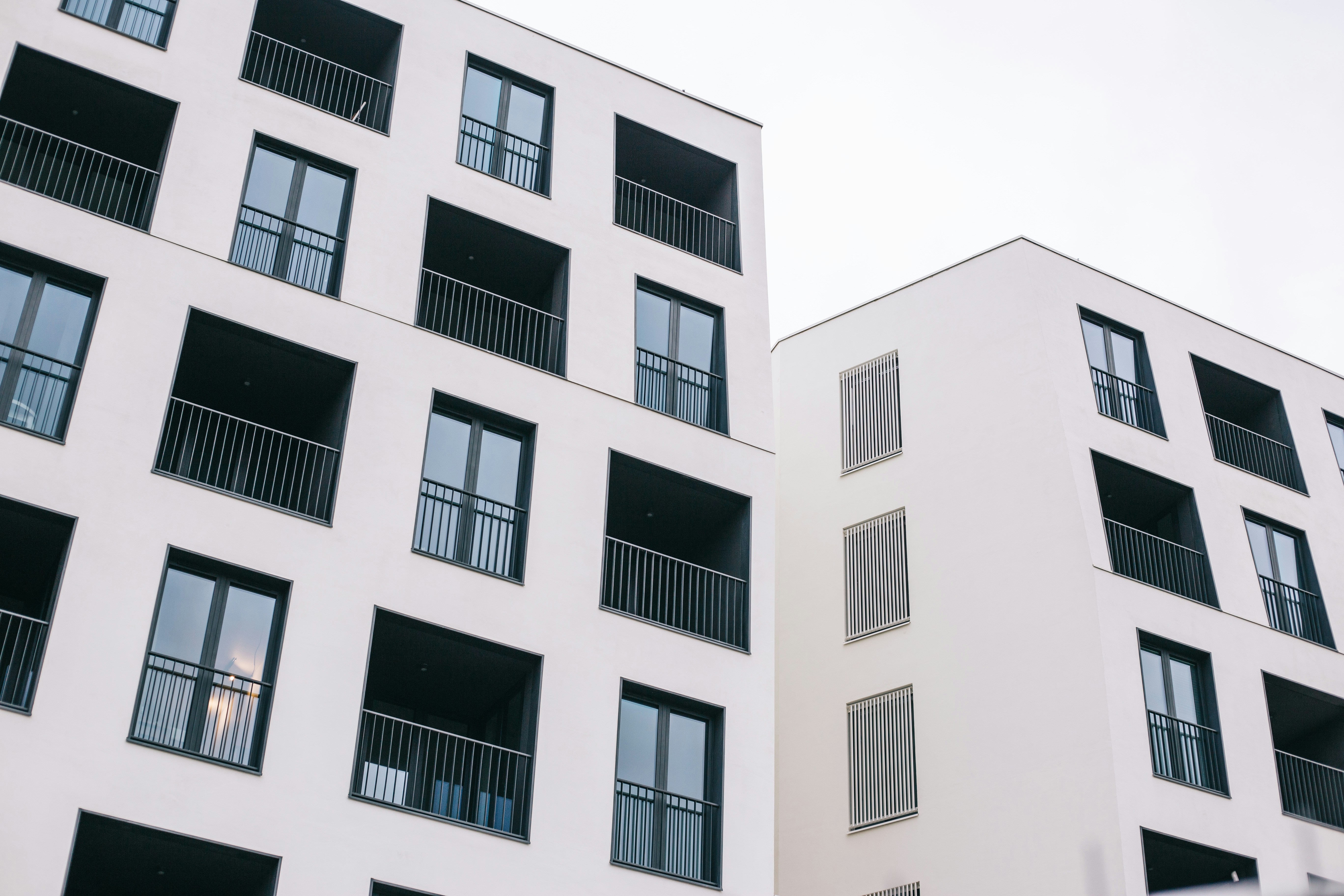Introduction to Passive House Principles
The concept of passive house principles originated in the late 1980s in Germany, driven by a need for more energy-efficient building designs. These principles emphasize an architectural approach that significantly reduces a building’s energy consumption for heating and cooling while simultaneously maximizing occupant comfort. The passive house standard, a rigorous performance-based approach, serves as a benchmark for energy-efficient construction globally.
At its core, the passive house methodology aims to create structures that require minimal active heating or cooling systems. By utilizing high-quality insulation, energy-efficient windows, and careful attention to orientation and ventilation, passive houses achieve a comfortable internal climate year-round, independent of conventional heating or cooling methods. Specifically designed to optimize natural light, airflow, and thermal mass, these buildings operate by harnessing the energy from sunlight and the natural environment, thus reducing reliance on nonrenewable energy sources.
The principles outlined in the passive house standard are crucial in the context of climate change. As the building sector is a significant contributor to global carbon emissions, adopting passive house principles can play an essential role in mitigating this impact. These standards not only focus on reducing energy consumption but also aim to establish a healthy indoor environment, ensuring that occupants benefit from improved air quality and comfort. Furthermore, the application of passive house principles promotes sustainable construction practices, setting the stage for innovative solutions that align with the goal of reducing the overall carbon footprint of buildings.
In addressing the urgent need for energy efficiency within the building sector, understanding the tenets of passive house principles provides a foundation for architects, builders, and policymakers to create structures that are both environmentally responsible and conducive to occupant well-being.
Key Energy-Efficient Strategies in Passive House Design
Passive house design is anchored on a set of core strategies that collectively work to maximize energy efficiency while maintaining comfort within the built environment. Central to these strategies is the concept of building orientation, which involves positioning the structure to harness natural elements such as sunlight and wind. By strategically aligning windows and living spaces toward the sun, passive houses can significantly reduce heating demands in the winter and maximize natural cooling in the summer, leading to enhanced thermal comfort.
Another critical component is high-performance insulation. Passive houses utilize superior insulation materials that meet stringent standards, thus minimizing heat transfer between the indoors and the outdoors. This insulation not only contributes to maintaining stable indoor temperatures but also reduces energy consumption associated with heating or cooling the space. Effective insulation is key to achieving the desired energy-efficient outcomes of a passive house.
Airtight construction is similarly vital. By ensuring that the building envelope is tightly sealed, passive houses minimize unwanted air leaks, which can lead to heat loss and increased energy consumption. This level of airtightness prevents drafts and helps to create a serene indoor environment. Achieving this requires meticulous attention during construction and the use of appropriate materials and techniques that reinforce the building’s integrity.
Lastly, high-quality energy-efficient windows play a fundamental role in passive house design. These windows are typically triple-glazed and feature advanced technologies that enhance thermal performance. By significantly reducing heat loss in winter and heat gain in summer, they bolster the overarching goal of energy efficiency. Together, these strategies form the backbone of passive house principles, which prioritize sustainability and energy conservation in building design.
Benefits of Applying Passive House Principles
The application of passive house principles offers numerous benefits that extend beyond mere comfort, reaching into financial savings, environmental impact, and overall quality of life. One of the most significant advantages is the substantial reduction in energy bills. By incorporating robust insulation, airtight construction, and efficient ventilation systems, passive houses maintain a consistent indoor temperature, leading to reduced reliance on heating and cooling systems. This efficiency translates into remarkable energy cost savings over time, making passive house construction an economically sound investment.
Moreover, passive house designs emphasize enhanced indoor air quality. Through the use of advanced mechanical ventilation systems equipped with heat recovery capabilities, these buildings ensure a continuous supply of fresh air while minimizing the loss of thermal energy. This creates a healthier indoor environment by reducing pollutants, allergens, and humidity levels. Improved air quality is particularly beneficial for sensitive populations, such as children and the elderly, who may be more susceptible to respiratory issues.
Comfort levels in passive houses are also noticeably elevated. The elimination of drafts along with the provision of even temperatures throughout the living spaces contributes to an environment conducive to relaxation and productivity. Residents experience fewer temperature swings, providing a more pleasant living experience year-round. Additionally, passive house buildings can positively impact property value, as their energy efficiency and sustainable design appeal to environmentally conscious buyers, leading to potentially higher resale prices.
Lastly, the environmental benefits of adopting passive house principles cannot be overstated. By significantly lowering greenhouse gas emissions associated with heating and cooling, passive houses contribute to a more sustainable future. Their design not only conserves energy but also inspires a shift towards responsible living practices, fostering a community that values sustainability. Collectively, these benefits illustrate the compelling case for the adoption of passive house principles in modern construction.
Challenges and Solutions in Implementing Passive House Design
Implementing Passive House principles in building projects presents various challenges that can deter builders and homeowners from adopting these energy-efficient standards. One of the primary misconceptions involves the perceived costs associated with constructing a Passive House. Many stakeholders believe that the initial investment is significantly higher than traditional building methods. However, this perception often overlooks the long-term savings and reduced energy bills that Passive House designs provide. Furthermore, financing options and incentives for energy-efficient construction are becoming more prevalent, offering viable paths to mitigate upfront expenses.
Achieving rigorous energy performance targets also poses a challenge. The Passive House standard demands stringent criteria regarding insulation, airtightness, and energy use, which can be daunting for builders unfamiliar with these specifications. To address this, comprehensive training programs and certifications for Passive House builders have been developed. Engaging professionals with expertise in these standards not only facilitates compliance but also enhances the overall quality of construction.
Additionally, specialized knowledge in construction techniques is essential for successful implementation. Many traditional builders may lack experience in the unique methodologies required for Passive House constructions, creating a gap that can hinder project success. The solution lies in fostering collaboration between architects, engineers, and builders who possess the necessary skills and experience. Networking within the Passive House community can provide valuable resources, including case studies and best practices that can guide newcomers through the design and building process.
By addressing these challenges with strategic solutions—such as educating stakeholders about costs, ensuring access to training programs, and promoting collaboration among construction professionals—builders and homeowners can successfully navigate the complexities of implementing Passive House design. This proactive approach can help to mainstream energy-efficient building practices that contribute to a sustainable future.



